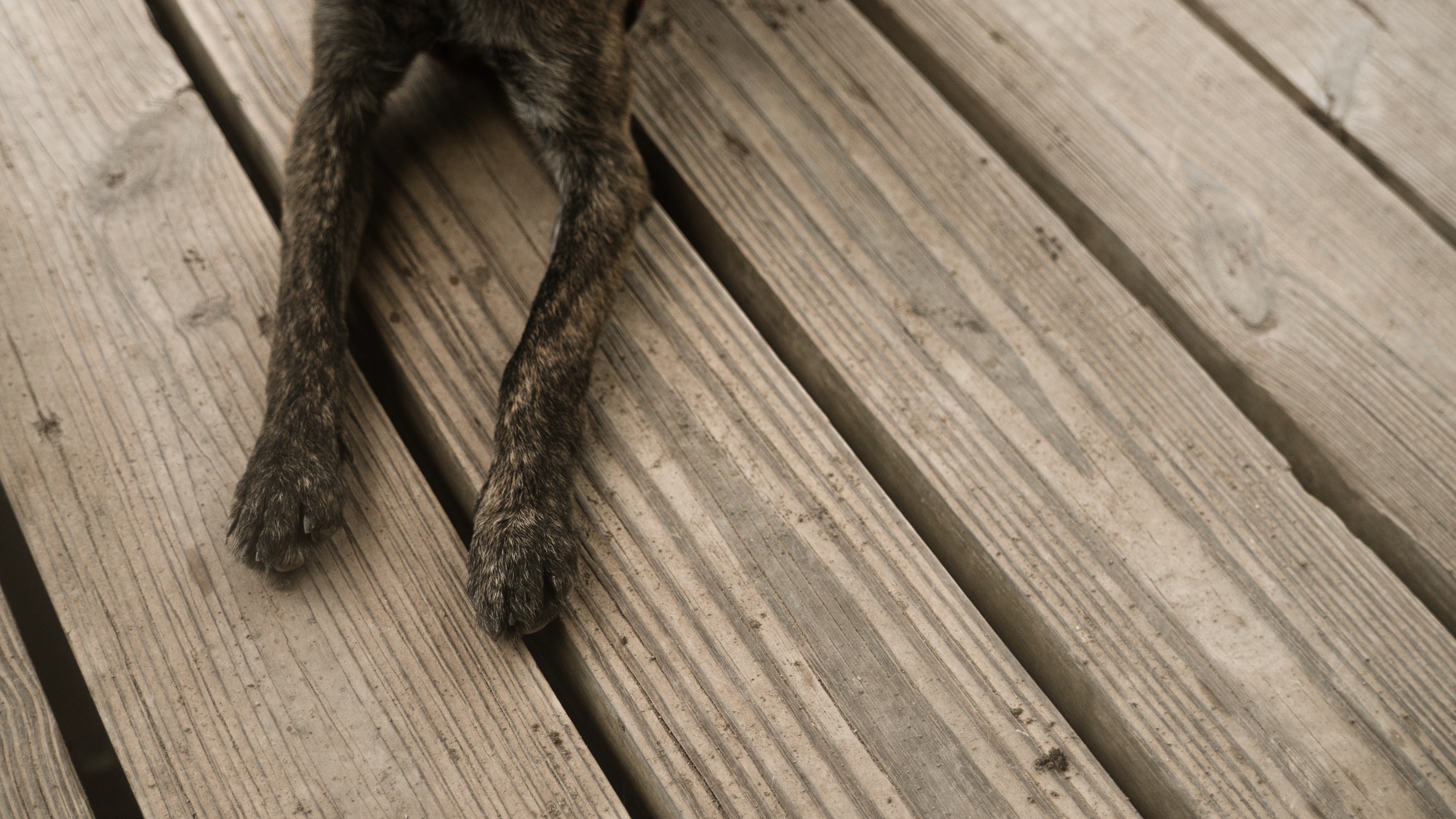How to Select the Right Type of Chew Toy for a Teething Puppy?

If you’re raising a puppy, you know that teething can be a challenging phase for both you and your young dog. Puppies begin to teeth at about four months of age, which can lead to discomfort and a strong desire to chew. Chewing not only alleviates the pain they may be experiencing, but also helps in the development of their teeth and jaws. A perfect solution to help your pet through this stage is to provide them with safe, effective chew toys. However, with an overwhelming variety of puppy toys available in the market, choosing the right one can be a daunting task. In this article, we will guide you on how to select the most suitable chew toy for your teething puppy.
Understanding Puppy Chew Toys
Before diving into the selection process, it’s essential to understand what puppy chew toys are and their significance. These toys are designed to satisfy your puppy’s natural urge to chew while providing them with a safe outlet for their teething discomfort.
A lire aussi : What’s the Best Way to Teach a Dog to Comfortably Wear Booties in Winter?
Chew toys come in different materials, sizes, and shapes. The materials range from soft rubber to hard nylon, and sizes can be as small as a finger to as big as a football. The right toy for your puppy will depend largely on their size, breed, and chewing habits.
Safety is a critical aspect when choosing a chew toy. A suitable toy should be large enough that your puppy can’t swallow it whole or choke on it. Small parts that can easily be chewed off and swallowed should also be avoided. Additionally, the toy should be made from non-toxic, durable material to prevent ingestion of harmful substances.
A voir aussi : How to Care for a Goldfish in a Properly Sized and Filtered Tank?
Decoding the Best Type of Chew Toy for Your Puppy
When you’re deciding on the best chew toy for your puppy, consider their size, their breed’s known chewing habits, and their personal preferences. Let’s explore these factors in more detail.
Size: Small puppies will need smaller toys, while larger breeds will require larger ones. A toy that is too big may frustrate your puppy, while a toy that is too small could pose a choking hazard. For example, a ‘Kong’ toy comes in various sizes and is a popular choice due to its versatility and toughness.
Breed’s Chewing Habits: Some breeds are known for their aggressive chewing, while others are more gentle. For instance, breeds like Labrador Retrievers and Pit Bulls are known for their strong jaws and love for chewing, requiring a more durable toy.
Personal Preferences: Just like humans, dogs have their preferences. Some puppies may prefer a softer, plush toy, while others may prefer a harder, more challenging one. You might need to experiment with a few different types and textures to see which your puppy prefers.
Choosing a Natural Chew Toy for Your Puppy
In addition to synthetic chew toys, there are numerous natural options available. Natural chew toys can provide your puppy with additional health benefits, and they may be a good choice if your dog enjoys chewing on a variety of textures.
Antlers, bones, and hooves are popular natural chew toys. These items are hard and long-lasting, providing your puppy with hours of chewing. However, they can be too hard for puppies with soft teeth, so it’s important to monitor your puppy while they’re using these toys to prevent tooth damage.
Bully sticks and rawhide chews are softer alternatives that can still satisfy your puppy’s urge to chew. They’re also digestible, so small pieces can be swallowed. However, these chews can pose a choking hazard if your puppy tries to swallow large pieces, so close supervision is necessary.
Considering Kong Chew Toys for Puppies
The Kong toy is a popular choice among dog owners, and for good reason. These toys are made from durable rubber that is safe for puppies to chew on and comes in various sizes and toughness levels to suit all breeds and sizes.
Kong toys have a hollow center that can be filled with treats or puppy-safe peanut butter. This feature stimulates your puppy mentally as they work to get the treat out, making the Kong toy a fun challenge.
Despite their durability, no toy is truly indestructible, and Kong toys are no exception. Regularly inspect the toy for signs of wear and tear, and replace it if you notice any chunks missing.
By understanding your puppy’s needs and preferences, you can choose the right chew toy to ease their teething discomfort and satisfy their natural chewing instinct. Keep safety foremost in your mind, and enjoy this fun and engaging way to interact with your growing puppy.
Opting for Chew Toys with Dental Benefits for Teething Puppies
Giving your puppy a chew toy that also helps maintain their dental health is an excellent two-in-one solution. These dental chew toys are specifically designed to clean your puppy’s teeth, massage their gums, and freshen their breath as they chew.
The unique texture of dental chew toys can help to scrape off plaque and tartar buildup from your puppy’s teeth, promoting overall dental health. Furthermore, the act of chewing these toys can stimulate gum health, which is crucial for teething puppies.
You can find dental chew toys in a variety of shapes and sizes to suit your puppy’s preferences. In order to ensure your puppy’s safety, choose a dental chew toy that is appropriately sized and made from non-toxic materials.
Nylabone and Greenies are popular brands known for their dental chew toys. "Nylabone Dental Puppy Chew" is durable and designed for aggressive chewers, while "Greenies Puppy Dental Chews" are softer and more flexible, making them ideal for puppies with more gentle chewing habits.
Rope Toys: An Alternative Chew Toy for Teething Puppies
Rope toys are another excellent option for teething puppies. These toys are made from tightly woven cotton threads which are both soft on your puppy’s gums and durable enough to withstand their chewing.
Rope toys can provide a different texture for your puppy to explore and satisfy their instinctual need to chew. The fibrous nature of rope toys can also help clean your puppy’s teeth and keep their gums healthy.
Furthermore, rope toys are great for interactive play. You can engage your puppy in a fun game of tug-of-war, which can help strengthen their jaw muscles and assist in teeth development.
While rope toys can be a great addition to your puppy’s toy collection, make sure to monitor your puppy while they’re playing with these toys. If the toy starts to unravel or your puppy starts to chew off and swallow pieces of the rope, it’s time to replace the toy.
Conclusion
Selecting the right type of chew toy for a teething puppy can seem quite daunting with the overwhelming choices available. However, by understanding your puppy’s size, breed, chewing habits, and personal preferences, you can narrow down the options and select the best fitting chew toy for them.
Whether you opt for a Kong toy, a natural chew like bully sticks or antlers, a dental chew, or a rope toy, the goal is to ensure that the toy is safe, durable, and enjoyable for your puppy.
Regularly inspecting the toys for any signs of wear and tear and replacing them when necessary is crucial to prevent your puppy from accidentally swallowing broken pieces.
Remember, while toys can be an excellent aid during the teething phase, they are not a substitute for your love and attention. Spend quality time interacting with your puppy and use these toys as a means to enhance your connection. After all, the joy of having a puppy is in the bond you share and the fun you have together. Happy chewing!
